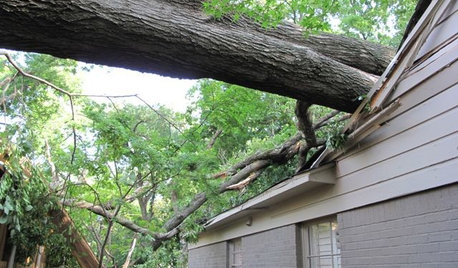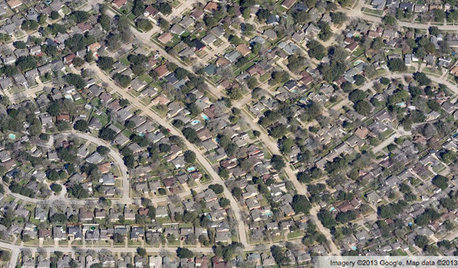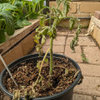Is this BER, bird damage, or other (or all of the above)
calzone_24
17 years ago
Related Stories

GARDENING FOR BUTTERFLIESBring on the Birds: Natural Habitat Ideas for Gardens of All Sizes
Provide nesting, watering and perching spots inspired by the Costa Rican jungle and watch the birds flock on over
Full Story
GARDENING GUIDESBackyard Birds: Northern Cardinals in the Snow, and Other Red Birds
Brilliant crimson feathers make these friends stand out in a crowd
Full Story
WINDOW TREATMENTSA Surefire Way to Prevent Sun Damage Indoors
Why let light ruin your furniture, floors and artwork, when the solution could be as simple as applying high-quality window film?
Full Story
GARDENING AND LANDSCAPINGDream Spaces: 12 Decks That Rise Above It All
Tucked into upper levels, these inspiring outdoor spaces provide more privacy and relaxation above the fray
Full Story
BATHROOM DESIGNWater Damage Spawns a Space-Saving Bathroom Remodel
A game of inches saved this small New York City bathroom from becoming too cramped and limited
Full Story
HOUSEKEEPINGProtect Your House From Winter Water Damage
Avoid costly repairs by learning to spot potential problem areas before water damage is done
Full Story
DISASTER PREP & RECOVERYRemodeling After Water Damage: Tips From a Homeowner Who Did It
Learn the crucial steps and coping mechanisms that can help when flooding strikes your home
Full Story
HOUZZ TOURSMy Houzz: Twister Damage Sparks a Whole Ranch Remodel
A Dallas couple transforms their traditional rambler into a bright, family-centered haven after a tornado
Full Story
RUGSPrevent Slips and Floor Damage With the Right Rug Pad
Here's what to know about sizes, materials, costs and maintenance of this important companion to your area rugs
Full Story
COMMUNITYGet a Bird's-Eye View of America's Housing Patterns
See the big picture of how suburban developments are changing the country's landscape, with aerial photos and ideas for the future
Full Story






srburk
calzone_24Original Author
Related Professionals
Cottonwood Landscape Architects & Landscape Designers · Fort Lee Landscape Architects & Landscape Designers · Mountain Brook Landscape Architects & Landscape Designers · Tempe Landscape Contractors · Wake Forest Landscape Contractors · Concord Landscape Contractors · El Segundo Landscape Contractors · Fair Oaks Landscape Contractors · Richmond Landscape Contractors · South Portland Landscape Contractors · Baltimore Siding & Exteriors · Fairfax Siding & Exteriors · Largo Siding & Exteriors · Manassas Siding & Exteriors · Overland Park Siding & Exteriorssrburk
calzone_24Original Author
jean001
srburk
wvtomatoman
calzone_24Original Author
torquill